How does a marking knife work? |
||||
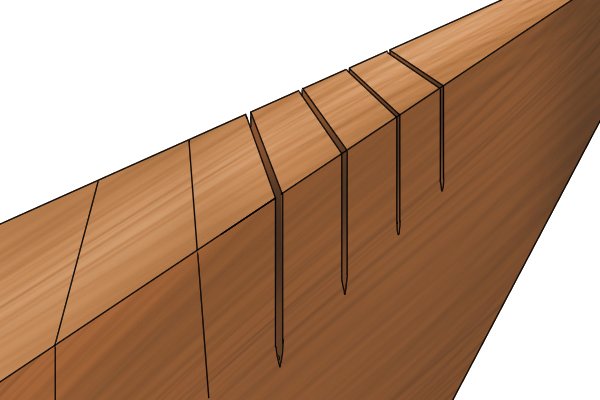 |
Marking knives work by cutting through the fibres of the wood, leaving a guideline in preparation for a chisel or saw cut.
Scribing helps produce neat woodwork, with no fibres or splinters showing. |
|||
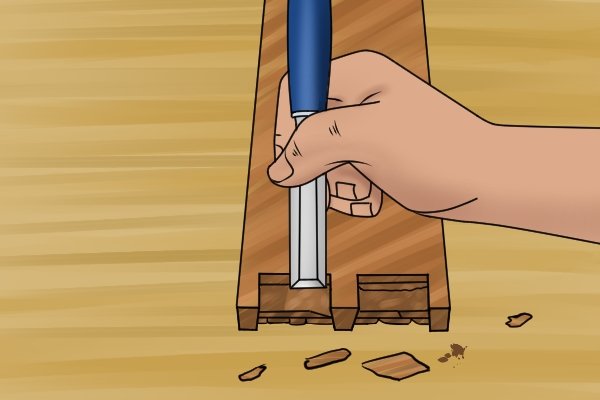 |
To help reduce the chances of splitting your workpiece before chiselling, you can make a number of cuts with the marking knife across the area of the workpiece which you will be removing.
This will decrease the chances of the chisel following the direction of the grain and causing the workpiece to split or become damaged. |
|||
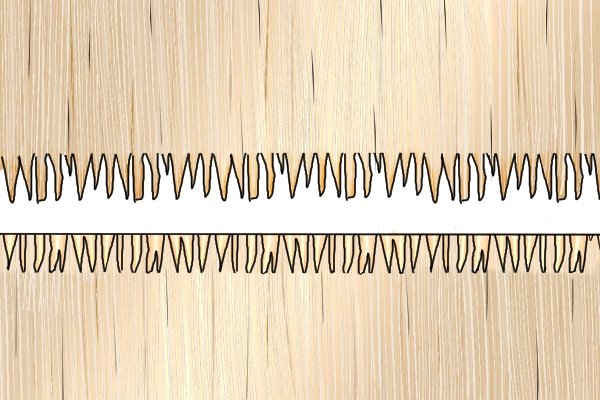 |
Certain marking tools such as a scratch awl can pull up the fibres when marking wood, causing them to tear when a guideline is produced. This sometimes means the workpiece needs to be sanded to remove the torn fibres left behind.
The marking knife slices through the fibres of the wood, leaving a smooth and fine scribed line that does not require sanding. |
|||
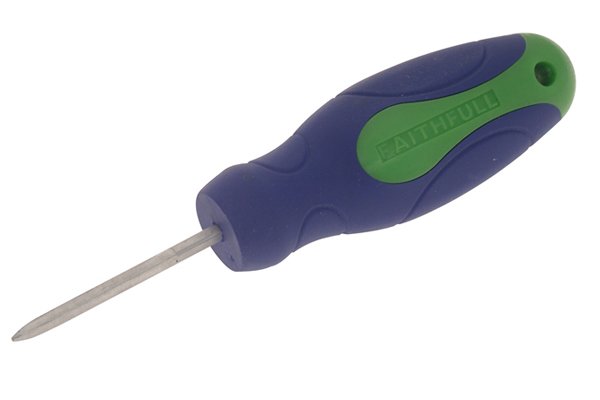 |
A scratch awl is tool with a handle and a long sharpened spike used to mark work.
To find out more about a scratch awl, see Are there any alternatives to marking knives?
|
|||
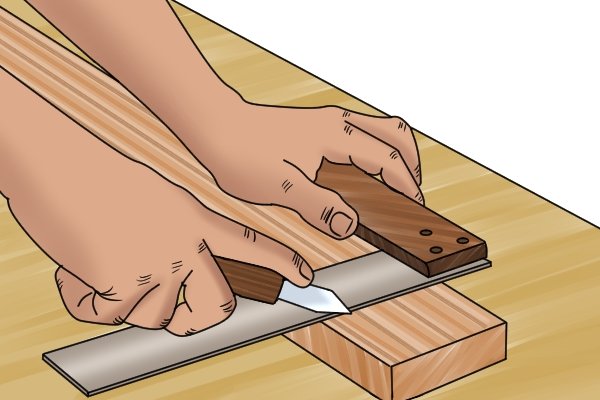 |
A marking knife is mostly used when working across the grain. The blade of the knife cleanly cuts the wood fibres, providing a guideline.
Working with (along) the grain using a marking knife can be difficult as the end of the blade can follow the grain, leading it astray and causing the guideline to be inaccurate. |
|||






